Several factors can cause myopia to get worse, including:
Genetics
Eye growth during childhood and adolescence
Modern lifestyles and screen time
Poor visual and lifestyle habits […]



Several factors can cause myopia to get worse, including:
Genetics
Eye growth during childhood and adolescence
Modern lifestyles and screen time
Poor visual and lifestyle habits […]

Although wearing glasses or contact lenses often feels like a quick fix, there’s much more to know about how this otherwise common eye condition affects our vision and eye health:
Myopia threatens vision
No level of myopia is safe
Each diopter matters
Axial length also matters
All children benefit from myopia management
Managing myopia requires a holistic approach […]

The most common cause for eye rubbing is simply tiredness, and many other possible explanations exist. However, if you notice persistent and excessive eye rubbing in your child, it could be a sign of myopia, particularly if there’s a family history. If you’re unsure, an optometrist can look for signs of myopia during a comprehensive eye exam. […]
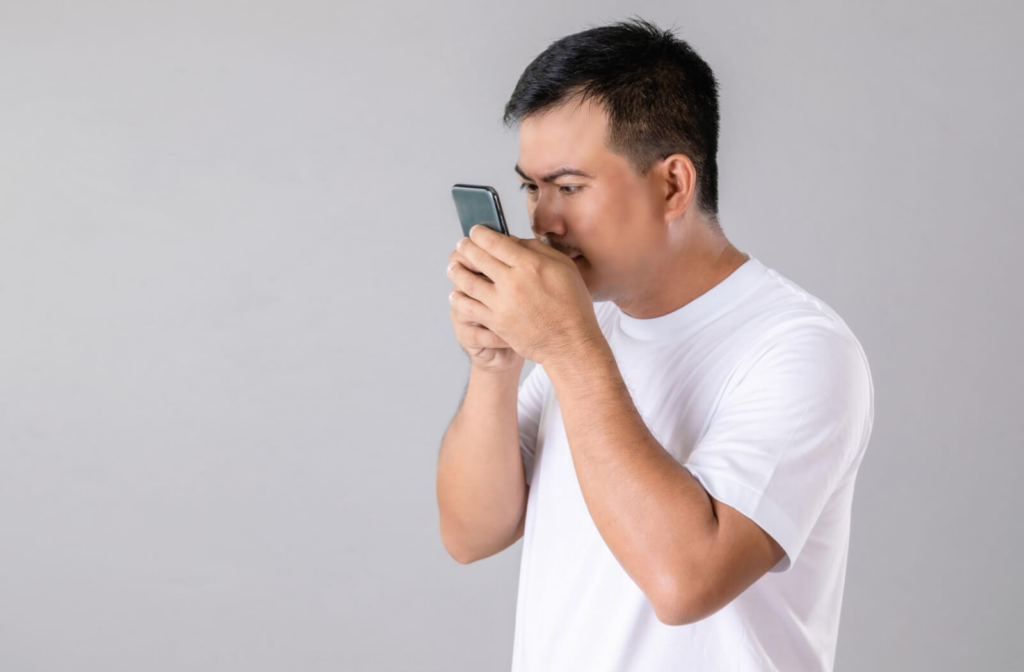
While myopia itself isn’t curable or reversible, it is a highly treatable condition. The symptoms can be managed through eyeglasses, contact lenses, or corrective surgery. […]
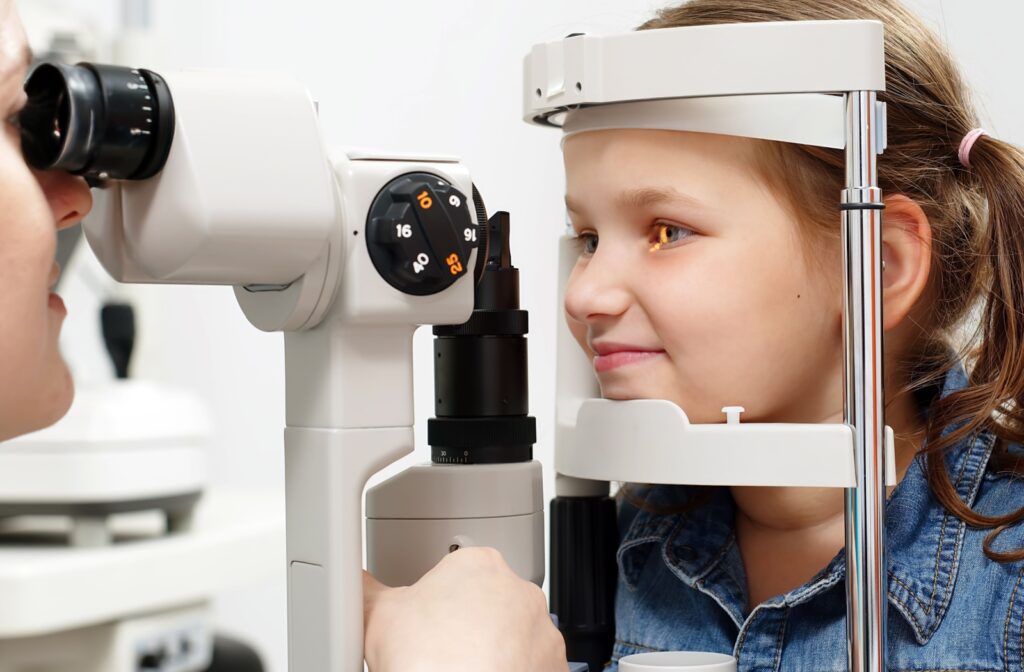
Parents never think twice about investing in braces to perfect their child’s smile—but what about protecting something even more crucial, like their vision? Progressive myopia, or worsening nearsightedness, is becoming increasingly common among children, and it’s more than just needing glasses. Left unmanaged, it can lead to serious complications like retinal detachment or glaucoma later […]
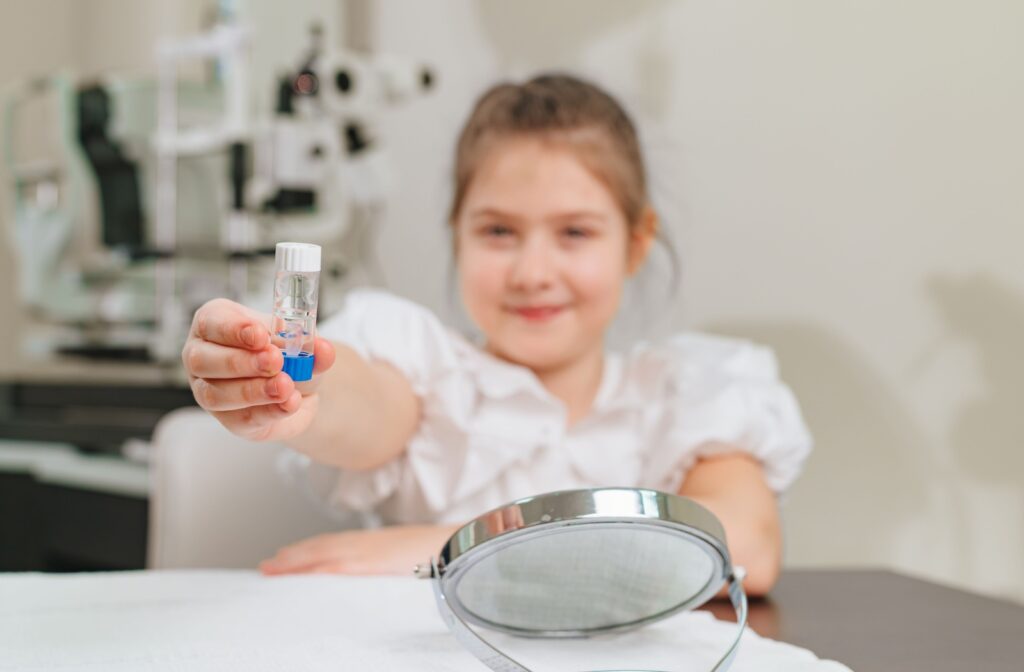
Orthokeratology (ortho-k) lenses offer an effective way to correct your vision while you sleep, be it for myopia management or simple vision correction. However, the unique design of ortho-k can require an adjustment period for new wearers. To help make adjustment period of ortho-k lenses more comfortable, we’ve outlined a few tips for wearing them: […]

There are many ways to manage myopia, though eye exercises are not one of them. These exercises cannot help slow myopia progression or improve vision, but they can help relieve eye strain, which is a common symptom of this refractive error. […]
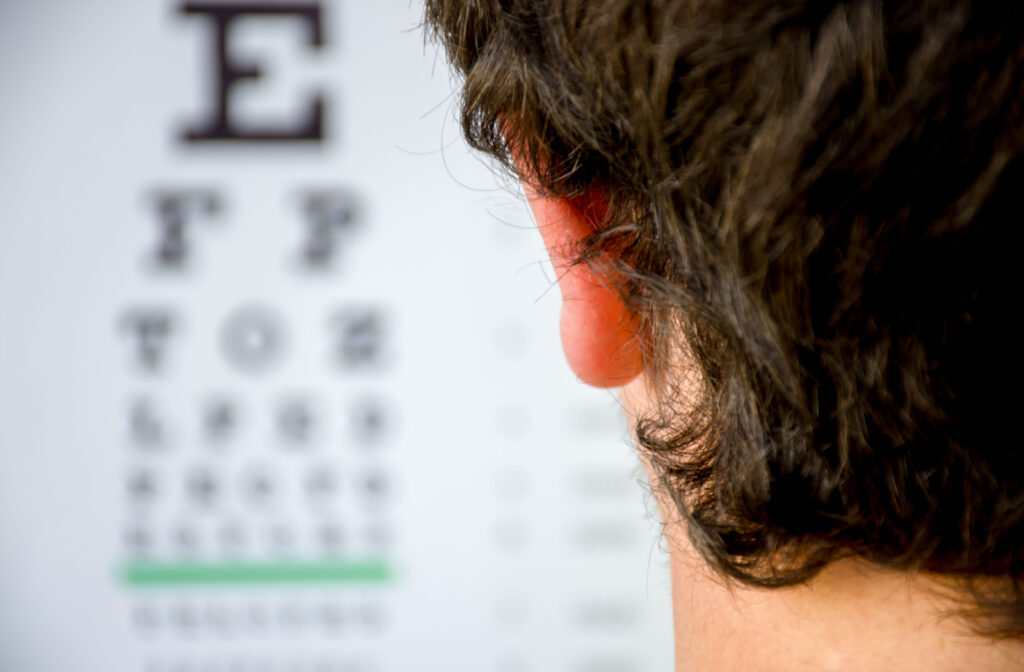
When myopia progresses to -5 diopters (D) or more of spherical correction, it is considered high myopia or severe nearsightedness. […]
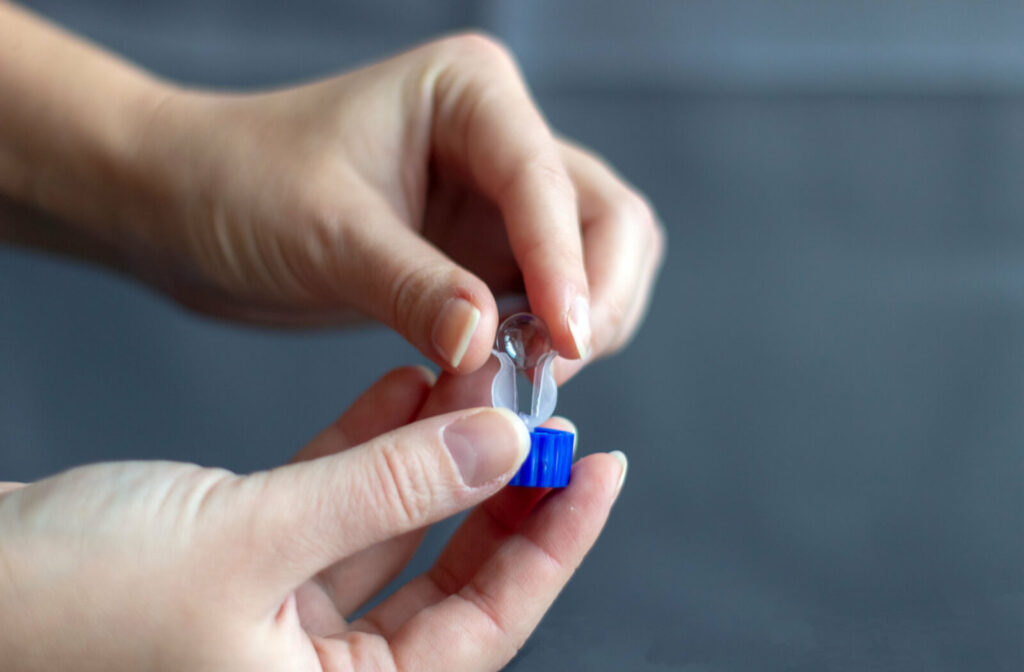
Orthokeratology, often referred to as ortho-k, is a type of myopia control that involves wearing specialty contact lenses overnight that temporarily reshape your cornea. […]
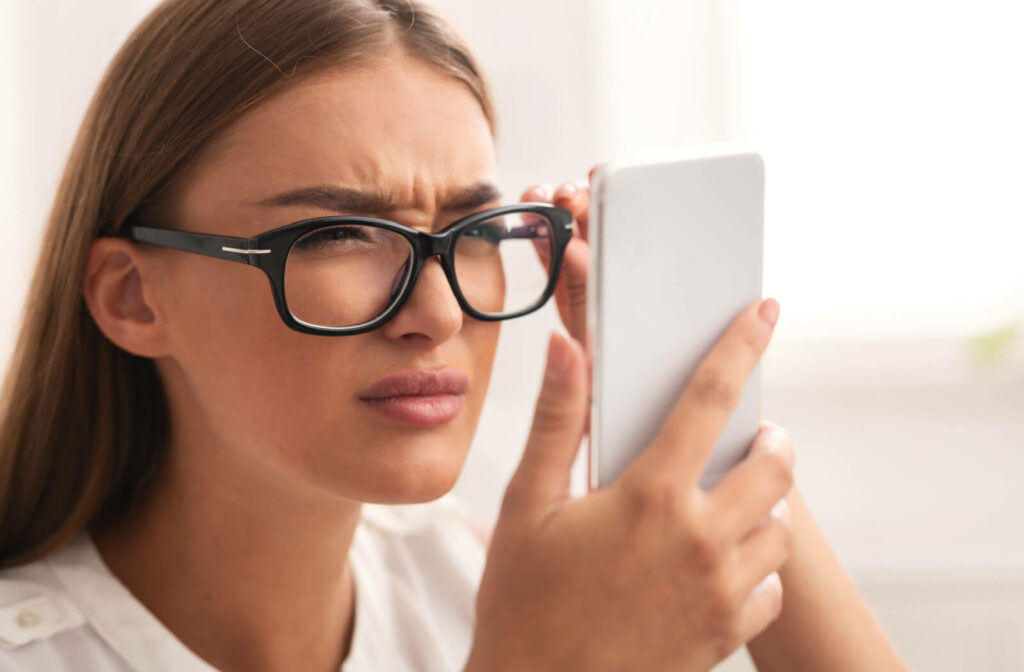
The axial length of the eye is the distance from the front of the cornea to the back of the eye and is measured in millimeters. It is an important factor in determining the refractive error of the eye. When the axial length of the eye is too long, it can cause myopia or nearsightedness. […]